Sign Up to Our Newsletter
Get all the latest Wilkinson Cameras news, offers, event infomation & more direct to your inbox.
2020 is a huge year for former Wilki team member Jonathan Doyle, who worked at the Kendal store but has now left us to embark on the documentary film making trip of a lifetime.
Jonathan touched down in Australia on 29th December and had just a few days to acclimatize before starting filming for a ‘never before attempted’ feat of human endurance: the Great Australian Triathlon. A 600km run, followed by a treacherous 350k kayak across open ocean, and around 7000km of cycling (yes, seven thousand kilometres) to finish this epic endurance challenge.
Over the next 6 months – as Wilkinson Cameras first ‘Sponsored Project’ – we will be following the Jonathan’s adventures - plotting the team’s progress via social media and blog updates as the journey unfolds. Shooting both stills and moving images, Jonathan hopes to launch his full time documentary film making career following this ambitious next chapter.
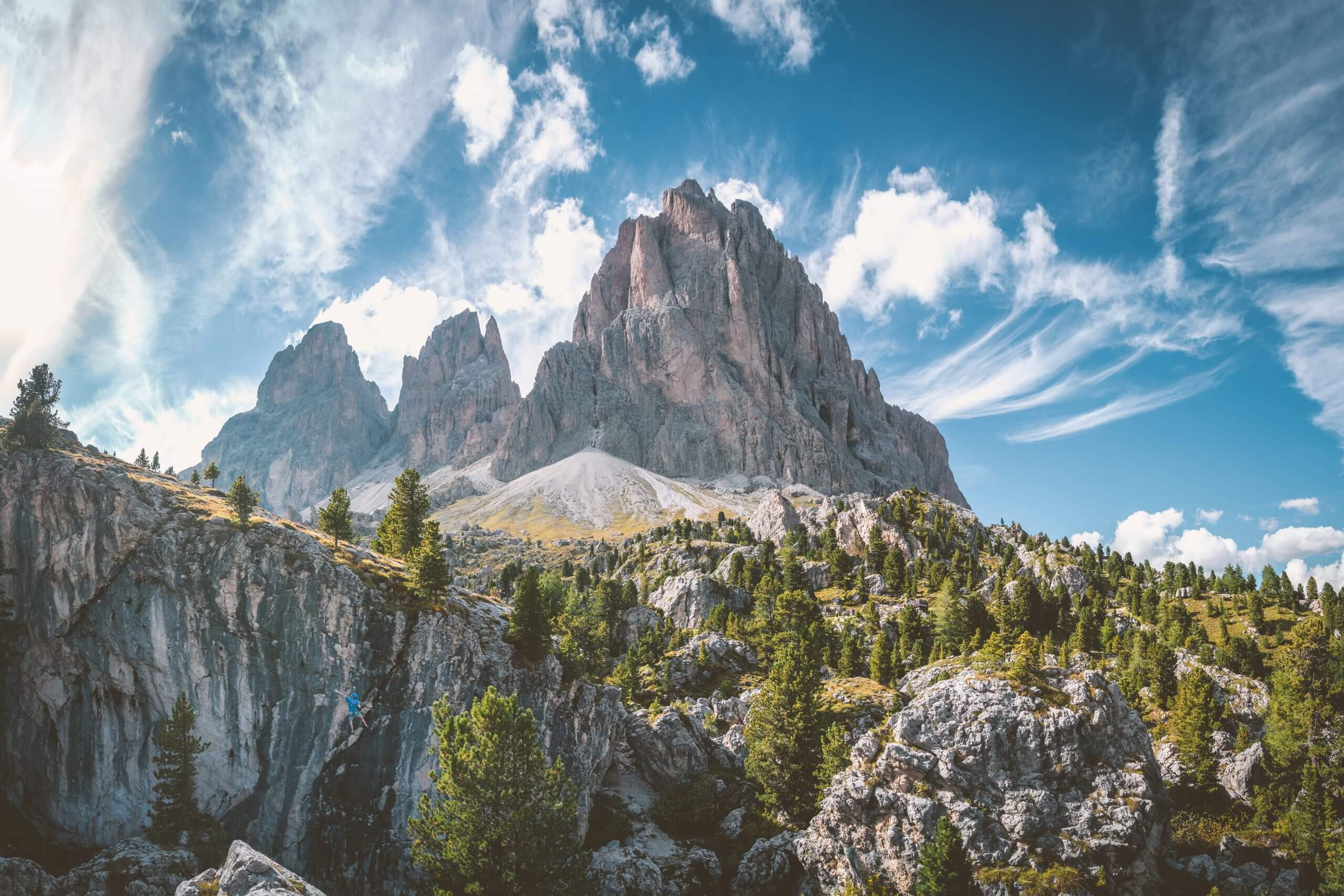
Jonathan, 28, has been working part time in the Wilki store in Kendal alongside completing his PHD – while proving very successful at documentary film making in his spare time!
Jonathan first picked up a camera in 2016, a Nikon D3200, which he bought to go on a climbing trip in Tasmania. While on that holiday, he made a short video of his adventures, which, once edited, culminated in a 6-minute award winning film.
Having really enjoyed the film making process Jonathan summited his work ‘The Pommish Invasion’ to the Kendal Mountain Film Festival where it was shortlisted! Following this success it was subsequently recognised at the Vancouver International Mountain Film Festival, ‘Goat Fest’ in Arapiles, Australia, before finally winning at the Cradle Mountain Film Festival in Tasmania 2017.
The film documents Jonathan and two friends, Ben Cianchi and Matt Amos, climbing The Candlestick – a 110m sea-stack next to the world famous Totem-Pole, at Cape Hauy, Tasmania.
For this new extreme challenge, the Great Australian Triathlon, the team – Jonathan, endurance athlete Ben Cianchi and Ben’s two sisters Claire and Emma - will touch down in Tasmania on 29th December, with just a day and a half to acclimatise before the challenge begins. Ben will then embark on the world's first human-powered vertical crossing of Australia.
The Great Australian Triathlon will take around six months to complete and will span over 8000 km of the continent, covering a huge variety of terrain, from dirt tracks to the open ocean.
The expedition will be split up into three distinct sections; running across Tasmania, kayaking across the Bass Strait, and cycling across mainland Australia from the bottom of Victoria to the top of Queensland.
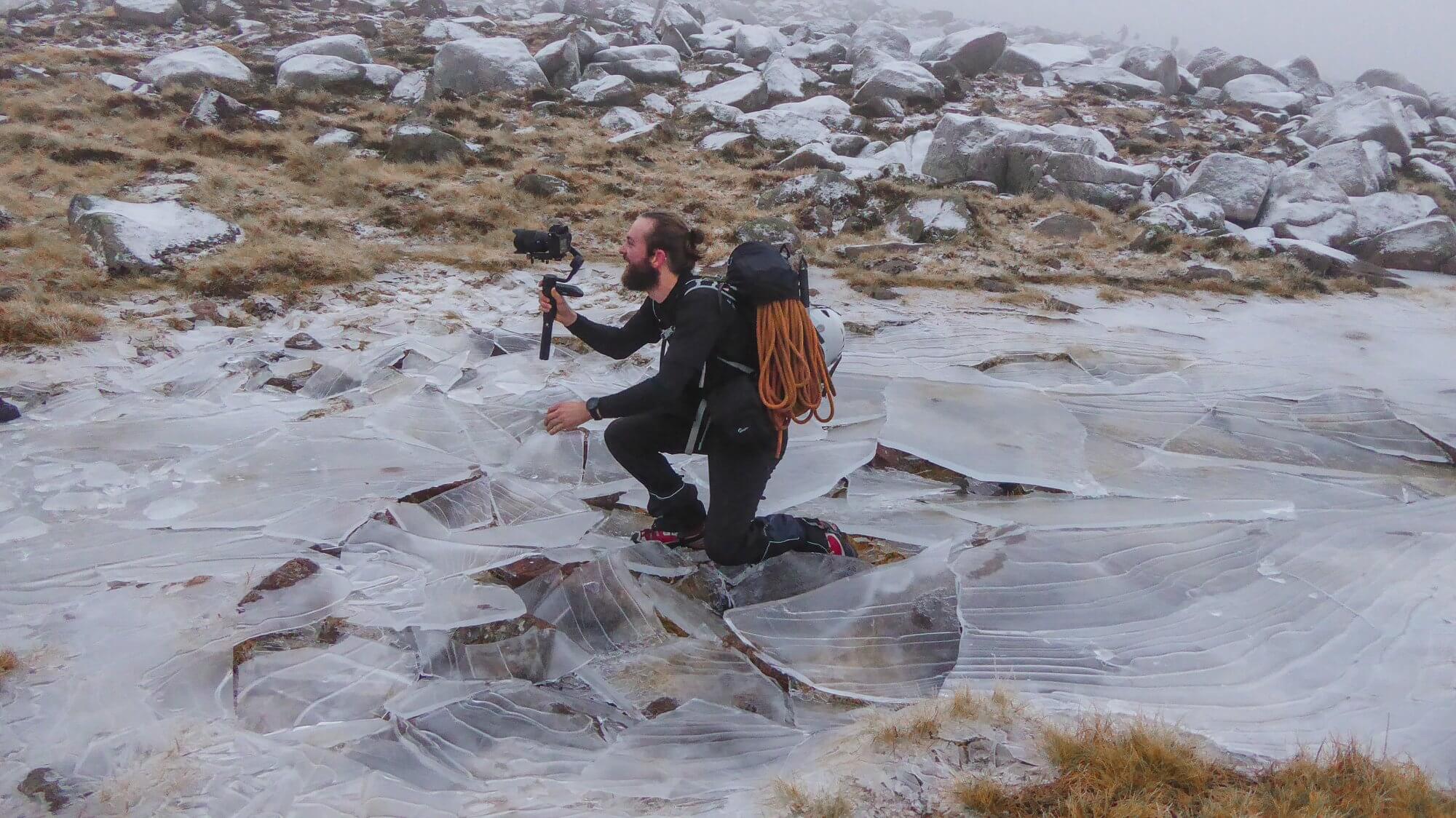
Following a successful kickstarter campaign, together with sponsorship from Wilkinson Cameras, Jonathan has packed his bags (and cycle shorts!) to film the entire adventure.
‘I’ve known Ben for around 6 years now, and he’s in my original Pommish Invasion film,’ said Jonathan. ‘If anyone can complete this challenge, Ben can. The filming is going to be very tricky though – I will be filming solo, so have to meticulously plan each stage and the logistics are challenging! No-one’s ever done this before and our timeline will be very dependent on weather conditions – especially the kayak section.’
‘I will be cycling on the Tasmania leg – so kit has to be kept to a minimum both in size and weight as I’ll be carrying everything myself. Data storage and power are big considerations – and this is where I’m particularly grateful for the Wilkinson Cameras support, which will enable me to fine tune my kit to exactly what’s required for the job.’
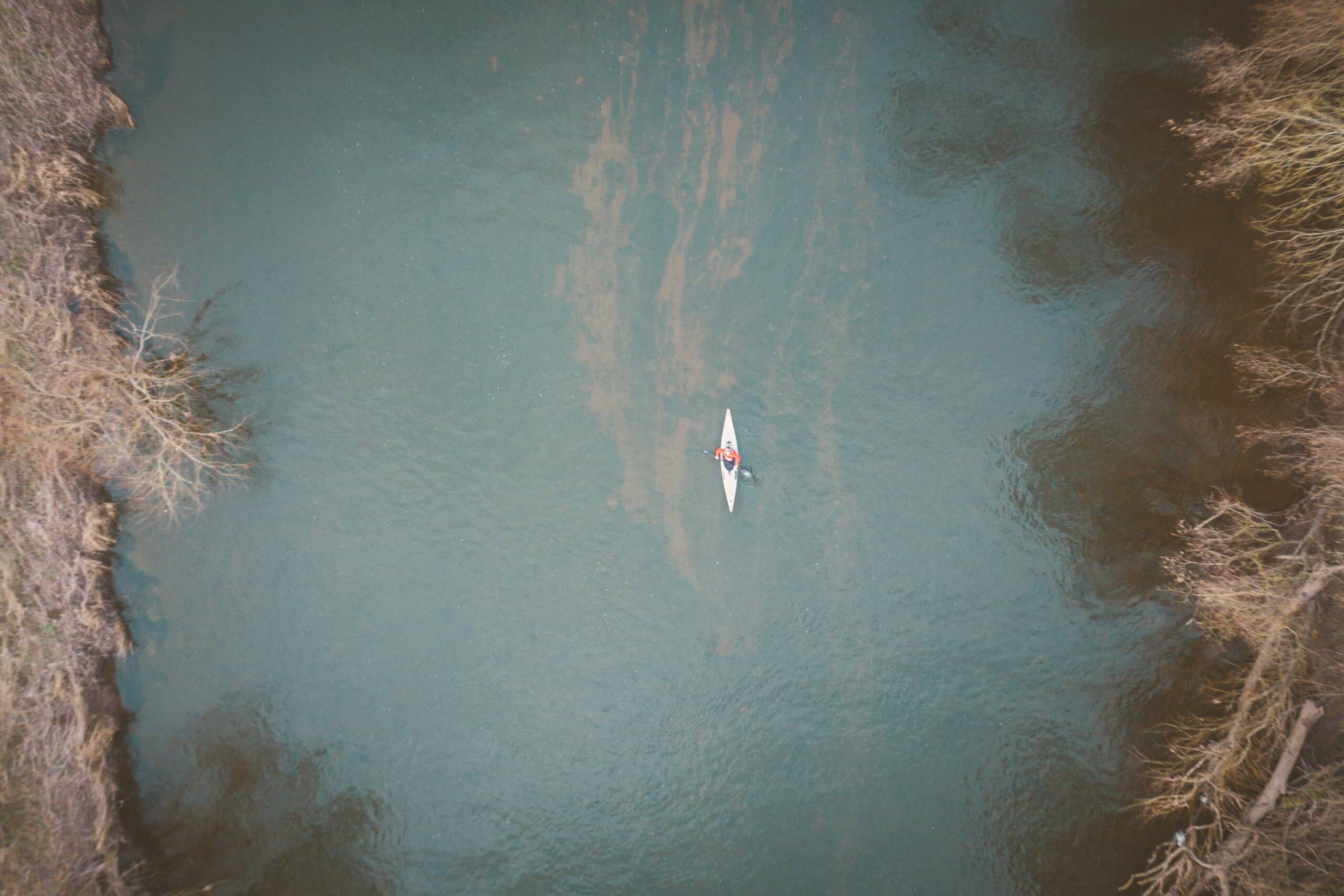
The sea kayak section of the triathlon will be filmed from one of the kayaks, with Jonathan filming via a drone for the bird’s eye view. Using a local ferry to the largest of the islands en route – Flinders Island – Jonathan will also be aiming to capture shore landings and departures, again travelling under his own bicycle power.
The final cycle section will also be filmed from a bike, with Jonathan leapfrogging the team in order to achieve action footage along the gruelling route.
‘Our aim is to produce one vlog per week en route, in order for people to follow our progress. Though often we will be relying on solar power – so we may have to rethink that in certain areas. Whatever happens, we’re hoping to post one image, across social our media platforms, every single day.
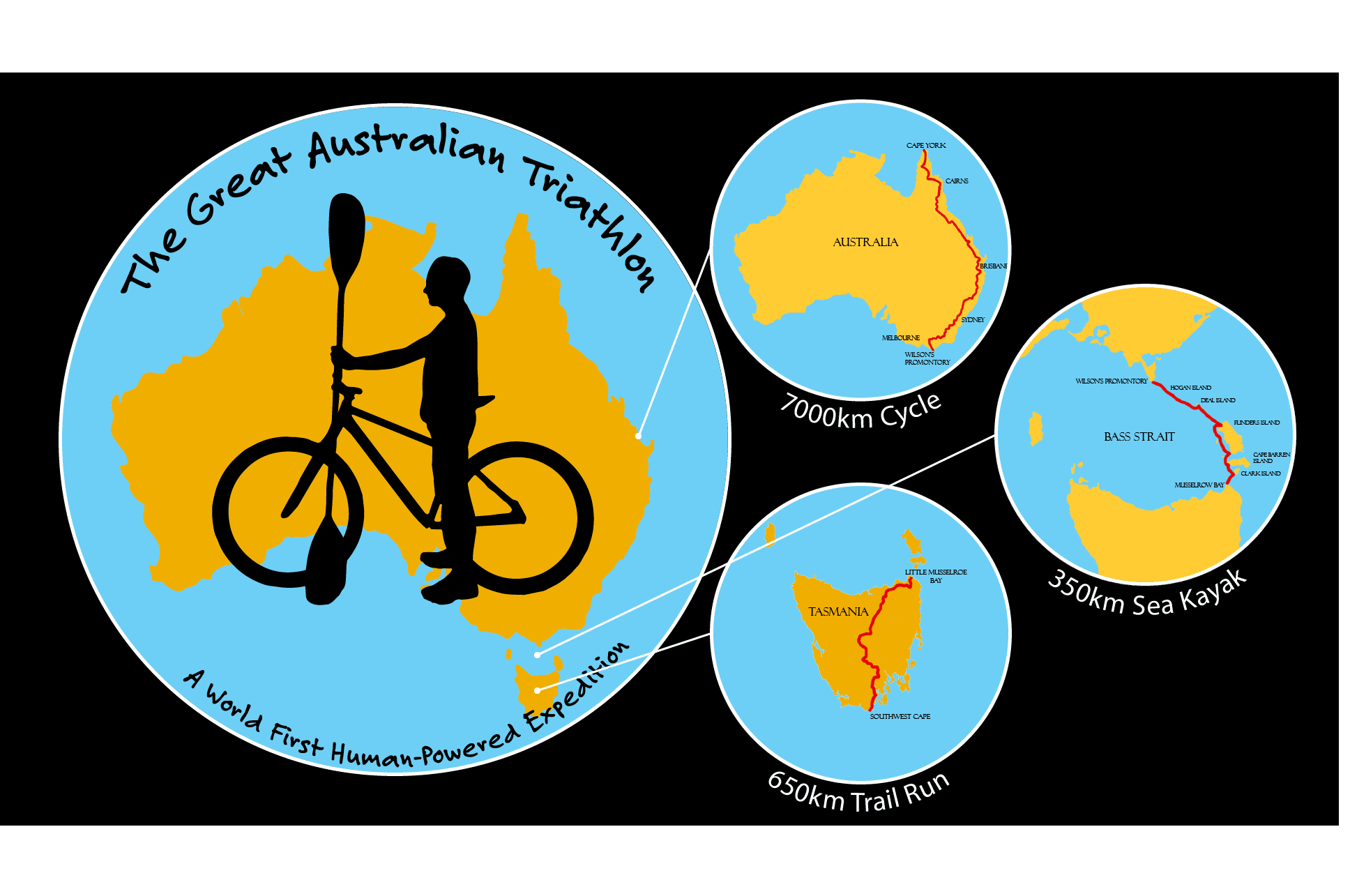
The triathlon starts with a challenging 600km run across the Island state of Tasmania. While carrying all of their kit, the team will have just 21 days to cross from Southwest Cape to Little Musselroe Bay using a combination of trails and minor roads. Severe fatigue is the obvious challenge Ben and his sisters will need to overcome, however the journey itself will not be a walkover. Tasmania is a notoriously wild state, so the team will have to face many difficult challenges along the way, including countless kilometres of steep gruelling ascents, treacherous river crossings and tough navigation through densely packed forest trails.
The paddle starts off where the run ends, at Little Musselroe Bay, and consists of 350km of sea kayaking across the infamous Bass Strait. With only three weeks to complete this leg the team will have to maximise good conditions to cross between isolated islands and wait out any storms that pass through. The biggest stretch of open water will be about 70 km, which is estimated to take at least 12 hours dependant on wind and current conditions. Long days, heavy swell and marginal conditions will make the journey to Wilson’s Promontory on Victoria’s southern tip an epic challenge for the team.
Crossing mainland Australia by bike is a monumental challenge, not least when you shun the easy coastal roads and head inland up the great dividing range. Seven thousand ‘or so’ kilometres from Wilson’s Promontory in the South, to Cape York in Tropical North-Queensland will be the longest and perhaps most mentally draining section of the expedition.
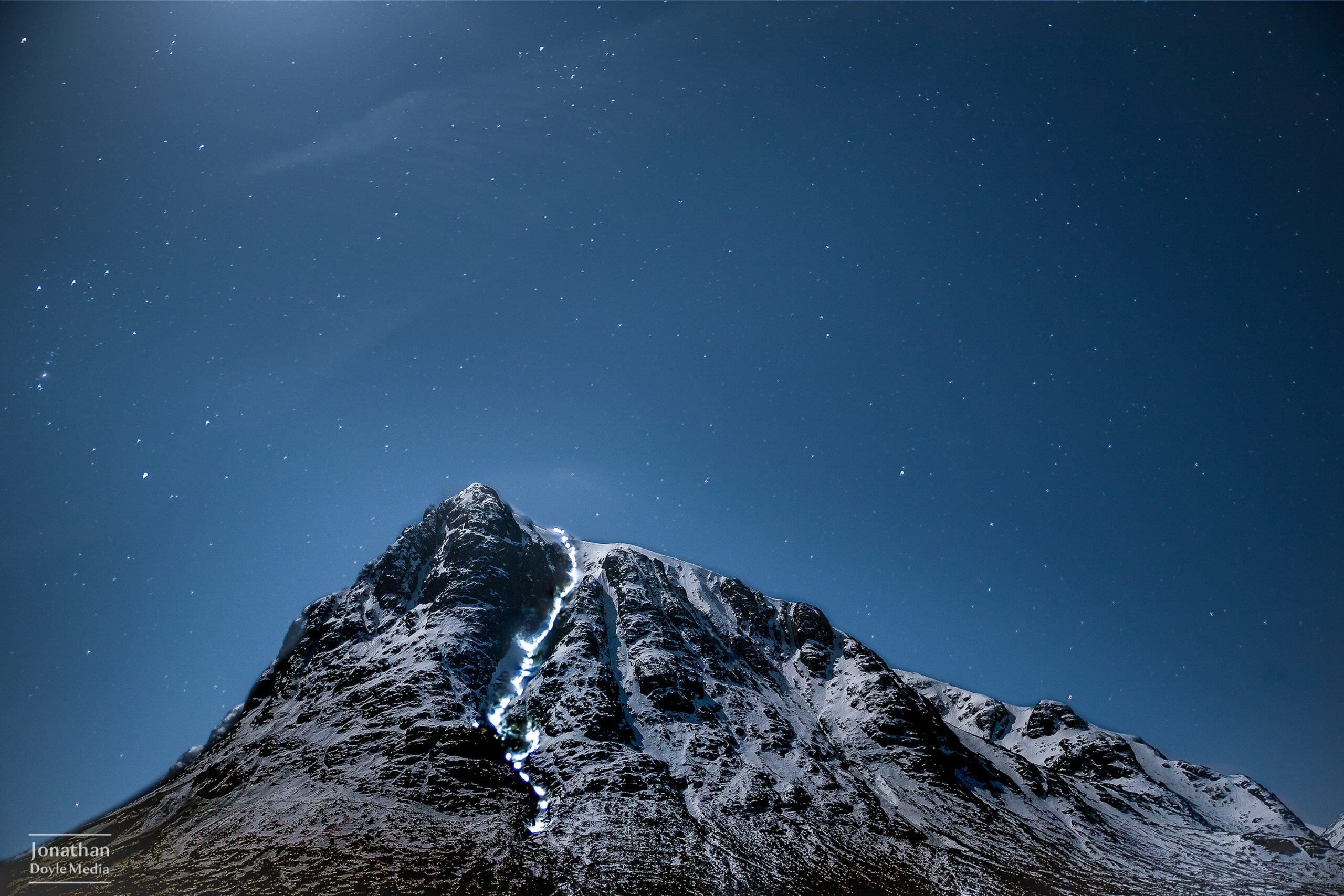
As an outdoor enthusiast and documentary film maker – as well as capturing the physical side of the challenge - Jonathan wants to explore the reasons people like Ben give up well paid jobs and comfortable lives, battle through injuries and sacrifice their careers for the sake of what some people would see as pointless goals. Ben will face countless challenges from extreme fatigue to hungry crocodiles - dangerous tides and wild bush fires, all for no material benefit.
Ben is not being paid (in fact he’s spent his entire savings on the trip), he won’t get a world record (Guinness won’t recognise the expedition), and it's likely that large parts of the trip will be a 'sufferfest'. The documentary will follow Ben’s progress from planning and training at home, to the challenges and triumphs on the ground in Australia.
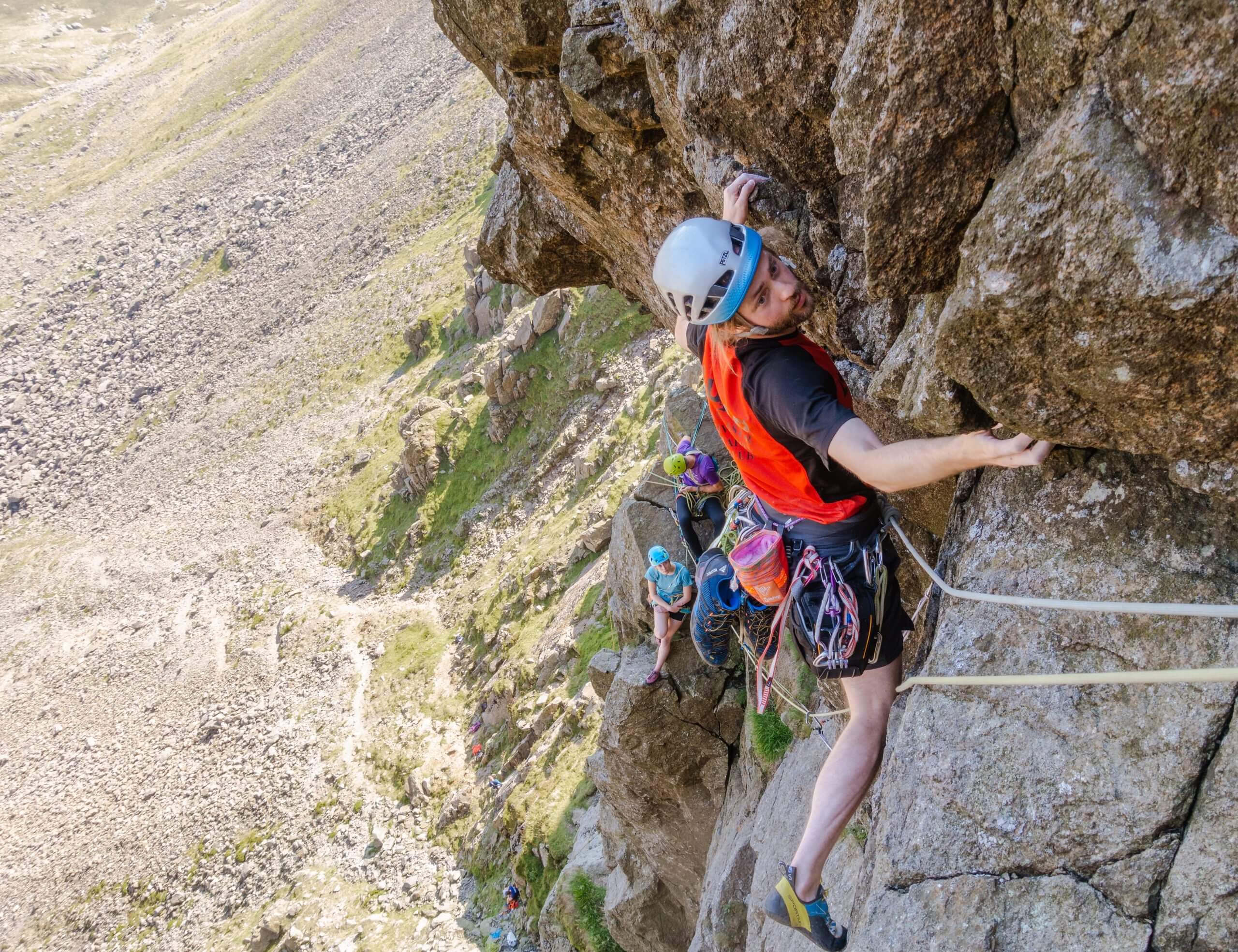
Jonathan will also be exploring the psychology behind why people decide to embark on such radical and life-changing journeys, what fuels them and what they hope they will get from it.
The final documentary will also delve into the ideas and misconceptions of one of the world’s largest and most sparsely populated countries. For example, Jonathan wants to look into why bush fires are so prevalent in Australia, what causes them and why are they so important for the ecosystem. The film will also aim to banish the Aussie stereotype that all of their wildlife is out to kill you and it is actually a much safer place than you may think.
Overall viewers can expect sweeping shots of the beautiful Australian landscapes, close-encounters with the local wildlife and of course engaging and interesting stories weaving in and out of the overarching tale of The Great Australian Triathlon.
‘There will also be an environmental undertone to the film; we are hoping the expedition will encourage others to use their cars a little less, and their own human power a little more,’ added Jonathan.
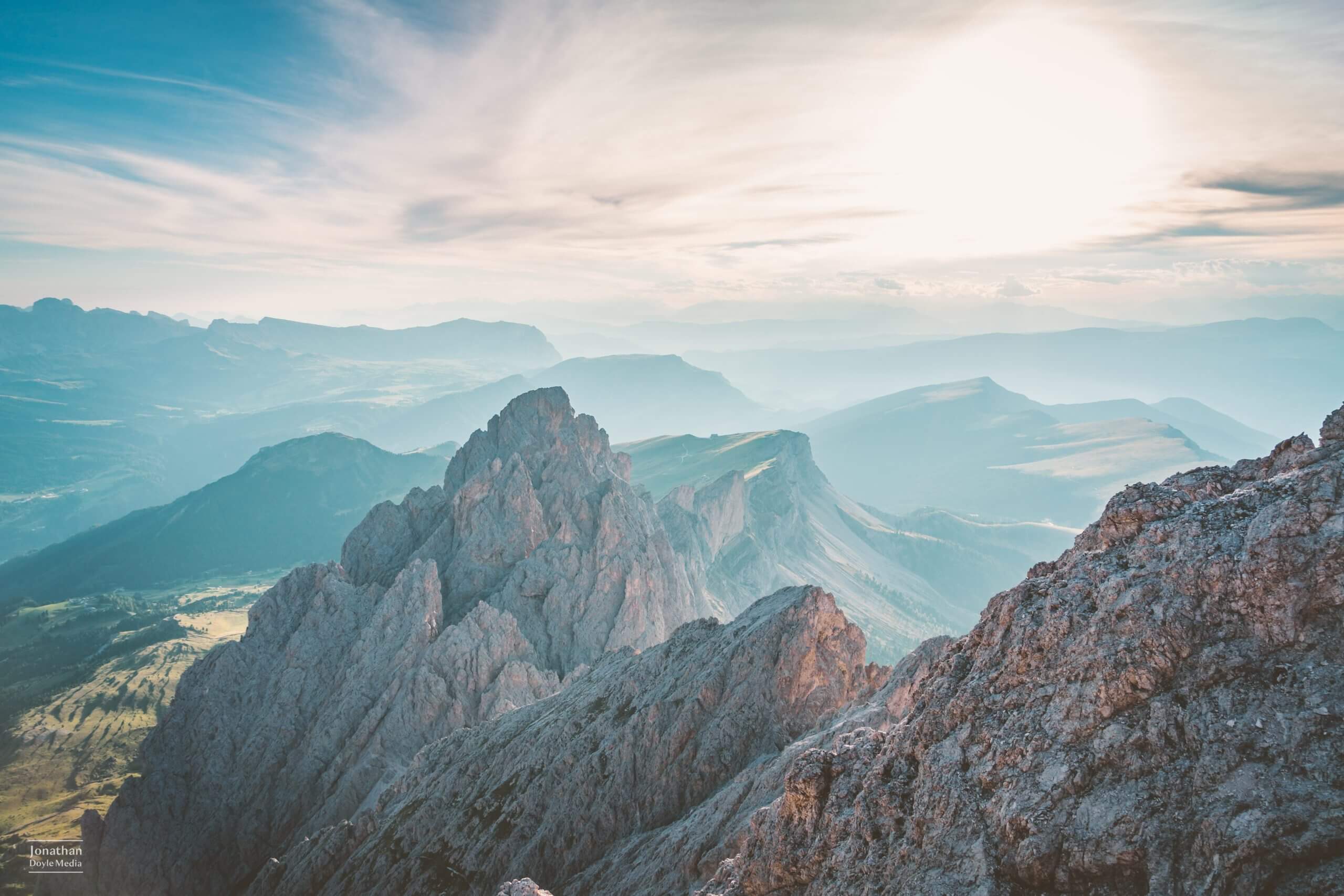
‘I think we will convey throughout that while human powered modes of transport are slower, they can provide so much more stimuli and engagement by allowing us to slow down a little, recharge and have some fun along the way!'
‘However, it is not lost on us that travelling around the world to create a film about using human-powered transport is somewhat contradictory and we don't want to undermine our under-lying environmental message in any way. So, with this in mind, we plan on carbon offsetting the trip by calculating the overall carbon cost of the expedition (generated from non-human powered transport) and donating the carbon offsetting cost to an Australian and/or UK based initiative.'
To keep up with the team, you can follow them directly on the social media links below – and also look out for more information, video blogs and interviews on the Wilkinson blog.
Website
Facebook
Jonathan's Instagram
Ben's Instagram
For this extreme filming expedition we wanted to take a closer look at exactly what was in Jonathan’s kit bag. Over the coming months, Jonathan will also be showing the kit in use and sharing tips for filming and photography on such a challenging shoot.
Sony Alpha A7 Mark III body
Sony Alpha A6400 with Sigma 16mm f1.4 E mount lens
Zeiss 24-70mm f4 FE mount lens
Sony 55mm f1.8 FE mount lens
Sony 28mm f2 FE mount lens
Laowa 15mm f2 FE mount lens
Canon FD 70-300mm vintage lens (with adapter)
DJI Mavic Pro Drone
Zhiyun Weebill Lab gimbal
Rode Video Mic Pro
Rode Dead Cat microphone windstopper
Zoom Hn2 Audio recorder
Rode Smartlav Mic
Gopro Hero 8 Black
GoPro Hero 8 Dual charger and battery
Cokin Nuance Variable ND 2-400 filter
Jonathan Doyle - Photographer and Videographer for The GAT - What's in his kit bag?
Get all the latest Wilkinson Cameras news, offers, event infomation & more direct to your inbox.
